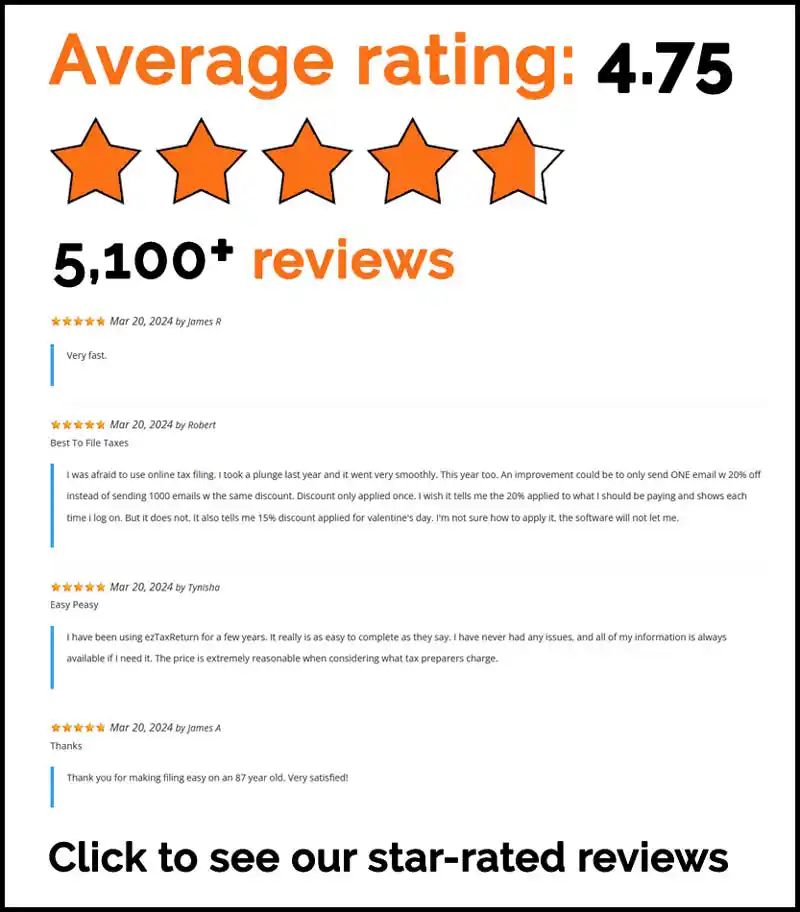One of the most important aspects of caring for your pet is knowing what’s safe for them to eat. Typically, you want to stick to foods and treats found in stores like Petco or PetSmart. Every now and then, you may be tempted to give them a bite off your plate (especially when they keep staring at you), but resist the urge. While last night’s leftovers may taste delicious to you, feeding your pet certain human foods can result in serious illness or death. Therefore, it’s important to know which foods to avoid and what to do if it’s accidentally ingested. Here are 10 human foods that are toxic to pets.
Apricots
Harmful to: Cats and dogs
Why is it toxic? The seeds, stems and leaves contain cyanide.
Warning signs: Dilated pupils, difficulty breathing, bright red gums and shock.
Avocados
Harmful to: Cats, dogs and birds
Why is it toxic? Avocados contain the toxin persin.
Warning signs: There is no evidence of avocados being poisonous to cats or dogs but it does pose a mild risk of vomiting, diarrhea and constipation. Care is needed when feeding this fruit to your pet as the inedible parts are a choking hazard. In birds, watch for the inability to perch, difficulty breathing and organ failure.
Cherries
Harmful to: Cats and dogs
Why is it toxic? The seeds, stems and leaves contain cyanide.
Warning signs: Dilated pupils, difficulty breathing, bright red gums and shock.
Chocolate
Harmful to: Cats and dogs
Why is it toxic? Chocolate contains methylxanthines which includes theobromine and caffeine. The darker the chocolate, the more dangerous it is for your pet.
Warning signs: Hyperactivity, restlessness, vomiting, elevated heart rate, elevated blood pressure, abnormal heart beats, tremors, hyperthermia, seizures and fainting.
Garlic, onions, chives and leeks
Harmful to: Cats and dogs
Why is it toxic? They all contain N-propyl disulfide which causes the destruction of red blood cells.
Warning signs: Drooling, nausea, oral irritation, vomiting, diarrhea, lack of energy, abdominal pain, elevated heart and respiratory rate, weakness, exercise intolerance, fainting and pale gums.
Grapes, raisins and some currants
Harmful to: Dogs
Why is it toxic? Unknown. However, ingesting these fruits will cause sudden kidney failure.
Warning signs: Vomiting, diarrhea, lack of energy, abnormal drinking or urination, loss or lack of appetite, bad breath and dehydration.
Macadamia nuts
Harmful to: Dogs
Why is it toxic? Unknown.
Warning signs: Severe lack of energy, increased body temperature, vomiting, tremors, joint stiffness and inability to walk.
Raw yeast bread dough
Harmful to: Cats and dogs
Why is it toxic? Yeast produces ethanol as a by-product which can cause alcohol poisoning.
Warning signs: Drooling, gagging, vomiting, bloated stomach, fainting, elevated heart rate, weakness, low blood pressure, coma and hypothermia.
Salt
Harmful to: Cats, dogs, birds, horses and cows
Why is it toxic? Ingesting large amounts can lead to sodium ion poisoning.
Warning signs: Vomiting, diarrhea, loss or lack of appetite, lack of energy, walking drunk, abnormal fluid accumulation within the body, excessive thirst or urination, kidney damage, tremors, seizures and coma.
Xylitol (sweetener)
Harmful to: Dogs
Why is it toxic? Xylitol causes low blood sugar and liver failure.
Warning signs: Weakness, lack of energy, fainting, vomiting, tremoring, seizures, jaundice, discomfort, black and tarry stool and coma.
What to do if you think your pet has been poisoned
- Remove your pet from the area.
- Identify which type of poison your pet has ingested. Save the packaging so you know the toxins active ingredients and approximately how much your pet ate. Also, make a note of your pet’s behavior.
- Get professional help right away. Even if your pet is acting normal, you still need to move quickly to increase their chance of survival. You don’t want to wait for symptoms to appear because by then it may be too late to do anything.
- Don’t try any of the home remedies you’ve read about online. In some cases, they may do more harm than good. Your best bet is to wait for instructions from your veterinarian.




